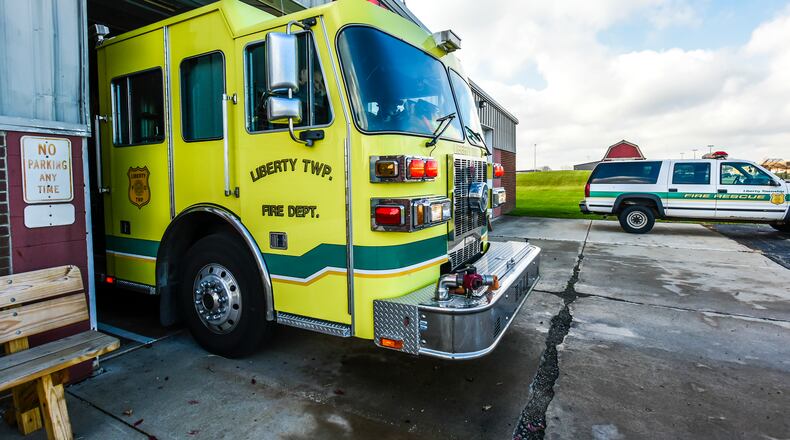MORE: Growth spurs township to consider fire levy
Trustee Steve Schramm said he was at the finance committee meeting and building the new fire station was a variable on settling the amount of the proposed levy, which is never an easy task.
“The how much was the gray area because there was some discussion on when that fire station would open, when it would have to be staffed, how big it would be and I think we erred towards the worst case scenario, but not all the way to the worst case scenario,” Schramm said.
“I give our finance committee some pretty good kudos, they are all conservative folks who aim for the lowest possible to meet the demand, but at the same time remember if we shoot too low, we’re back at you for more money in four or five years and that’s really frustrating for taxpayers.”
RELATED: Township buys land for new fire station
Trustee Board President Christine Matacic said she has a meeting next week to get some questions answered about the recommendation, so she can’t say whether she supports it or not.
“In the past the finance committee has made recommendations and we’ve gone and done something slightly different than what they’ve recommended,” she said. “We appreciate all their time and effort but there are some other factors that have to go into our decision, not just financial but also we have to look at the finances of our residents as well, what is affordable.”
The township’s 2017 fire budget will go from $6 million next year to $8.8 million in 2019 — the amount includes a new fire truck and more staff — and will stay in the $8.5 million range for the foreseeable future. The two current continuous levies — voter approved in 1999 and 2010 — generate about $4.7 million.
The trustees were poised to put a levy question on the ballot last year but pulled back to make sure they captured as much value from new growth as possible.
MORE: Liberty fire levy postponed for trustees to gauge true tax base
The township has quadrupled in two decades, now standing at about 40,000 residents and home to Liberty Center, the huge new $350 million mixed-use development.
The timing of the levy is another question that has sparked much discussion. Trustee Tom Farrell has favored holding off on a ballot question until the new fire chief — Chief Paul Stumpf is retiring in September — is in place.
He said he still would like to see that happen but the numbers now make that “irresponsible.”
The recommendation predicts waiting until next year — new money wouldn’t begin rolling in until 2019 — will result in negative fund balances from 2018 through 2022. The negative fund balances go from $115,490 next year up to $969,826 in 2022, because Farrell said they would be out $3 million they could garner in 2018 — with a levy this year.
If the township successfully passes a 3.75 mill levy this year, the fund balance in 2018 would be $3.2 million and $2.3 million 2022.
“It would be nice, I certainly wish I could do it, but if we wait until May (2018), as I look at the numbers and the budgets stay the same, then we will have that deficit,” he said. “That would be absolutely irresponsible.”
Farrell said he trusts that Stumpf’s budget recommendations are valid and the projected expenditures over the next few years are needed to deal with growth, so to his mind the question needs to be put to voters in November.
Stumpf announced his retirement last September and the trustees want the new chief to have a couple months with Stumpf so he or she can get acclimated. The Ohio Fire Chief’s Association (OFCA) is screening chief candidates for the township and 19 people have applied. Stan Crosley, who manages the consulting division of OFCA, said they will pare down the list of candidates to two or three and the trustees will likely begin interviewing them the first week in June.
Matacic and Schramm all along have said they believe the issue is urgent and can’t wait for a new chief.
RELATED: Trustees have differing opinions on fire levy timing
Schramm said it was very clear to him waiting isn’t really an option.
“We were kind of between 3 and 4 (mills) on our choices of amounts,” Schramm said. “We sort of narrowed the when very quickly when we did the math on the cost of money over that period of time and how much more we’d have to ask for if we waited that long.”
About the Author
